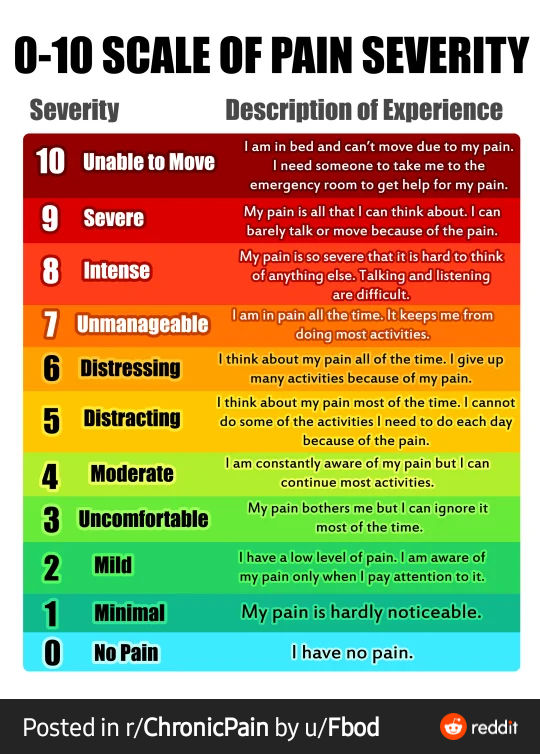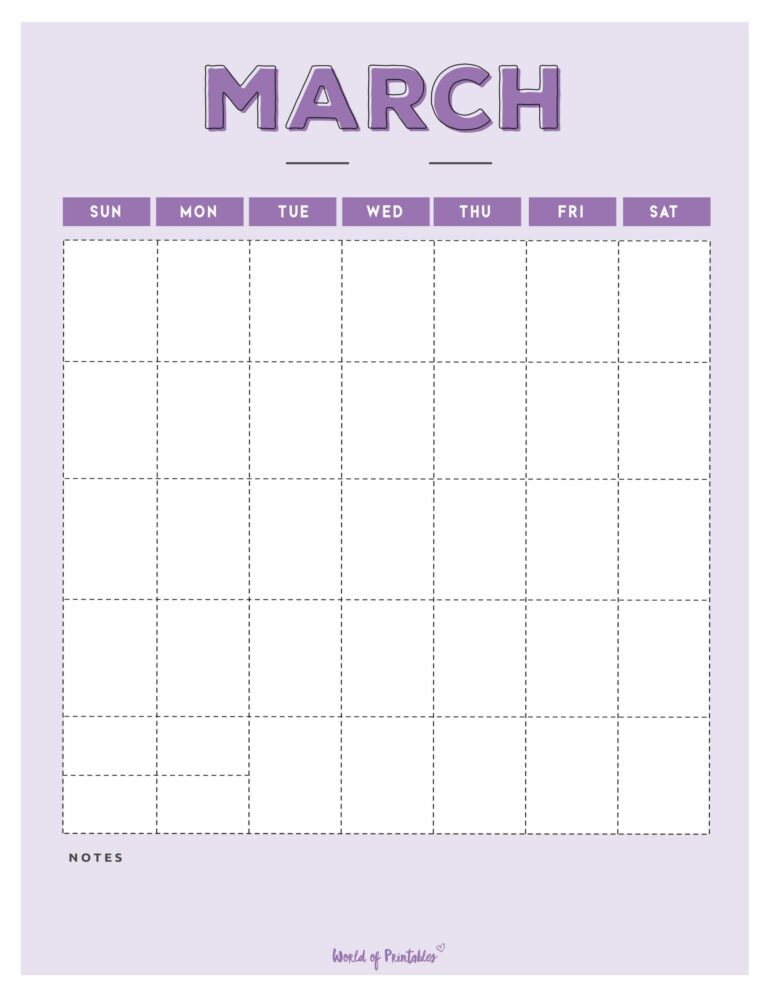Printable Pain Scale: A Comprehensive Guide for Accurate Pain Assessment
Pain is a subjective experience that can be challenging to quantify. Printable pain scales provide a valuable tool for healthcare professionals to assess, monitor, and communicate pain intensity. This guide will delve into the world of printable pain scales, exploring their purpose, benefits, types, and applications in clinical settings.
Printable pain scales offer numerous advantages, including ease of use, cost-effectiveness, and the ability to tailor them to specific patient populations. They empower patients to actively participate in their pain management by providing a standardized method to express their pain levels.
Uses and Applications

Printable pain scales are extensively used in clinical settings to assess and monitor pain levels, aiding in effective pain management.
These scales provide a standardized method for patients to communicate their pain intensity, which facilitates accurate documentation and tracking of pain over time. By using printable pain scales, healthcare professionals can gain a better understanding of a patient’s pain experience, enabling them to tailor treatment plans accordingly.
Pain Assessment
- Printable pain scales allow patients to self-report their pain intensity, which is crucial for initial pain assessment and ongoing monitoring.
- By providing a visual representation of pain levels, these scales help patients communicate their pain more effectively, reducing the risk of misinterpretation or underestimation.
- This objective measure of pain assists healthcare professionals in making informed decisions regarding pain management strategies.
Pain Monitoring
- Printable pain scales enable healthcare professionals to track changes in a patient’s pain levels over time.
- By comparing pain scores at different time points, they can assess the effectiveness of pain interventions and adjust treatment plans as needed.
- Regular pain monitoring helps identify patients who require additional support or escalation of care, ensuring timely and appropriate pain management.
Communication
- Printable pain scales facilitate communication between patients, healthcare professionals, and caregivers.
- They provide a common language for discussing pain, reducing misunderstandings and improving patient-centered care.
- By using a standardized pain scale, different healthcare providers can easily understand and interpret a patient’s pain levels, ensuring continuity of care.
Case Studies
- A study conducted at a pain management clinic demonstrated that using a printable pain scale improved patient satisfaction and pain control.
- Patients who used the pain scale reported feeling more involved in their pain management and had a better understanding of their pain levels.
- Healthcare professionals found the pain scale to be a valuable tool for assessing and monitoring pain, leading to more effective treatment plans.
Implementation and Utilization

Integrating printable pain scales into clinical practice involves establishing best practices to ensure accurate and effective pain assessment. These practices include training healthcare professionals on the proper use of scales, incorporating scales into electronic health records (EHRs), and standardizing the assessment process.
Training healthcare professionals on using pain scales effectively involves providing clear instructions, demonstrations, and opportunities for practice. It is important to emphasize the importance of using the scale consistently and objectively, avoiding biases or subjective interpretations.
Integrating Pain Scales into EHRs
Integrating pain scales into EHRs streamlines the pain assessment process, allowing for efficient data collection, storage, and analysis. This integration enables healthcare professionals to easily access pain scores over time, track pain trends, and make informed decisions about pain management.
Research and Evidence

Research supports the use of printable pain scales as effective tools for assessing pain intensity and facilitating communication between patients and healthcare providers.
Studies have demonstrated that printable pain scales are:
- Reliable and valid measures of pain intensity.
- Easy to use and understand by patients of all ages and backgrounds.
- Helpful in monitoring pain over time and evaluating treatment effectiveness.
Gaps in Knowledge and Areas for Further Research
While printable pain scales are widely used, there are still gaps in knowledge and areas for further research, including:
- The optimal format and design of printable pain scales for different patient populations.
- The effectiveness of printable pain scales in specific clinical settings and for specific types of pain.
- The long-term reliability and validity of printable pain scales.
Limitations and Challenges
As with any assessment tool, there are limitations and challenges associated with using printable pain scales, such as:
- The potential for bias and subjectivity in patient self-reporting.
- The influence of cultural and linguistic factors on pain perception and expression.
- The need for proper training and education for healthcare providers on the use and interpretation of printable pain scales.
Answers to Common Questions
What are the different types of printable pain scales available?
There are various types of printable pain scales, including numerical rating scales, visual analog scales, and faces pain scales. Each type has its own advantages and is suitable for different patient populations and settings.
How can printable pain scales be used in clinical settings?
Printable pain scales are widely used in clinical settings for pain assessment, monitoring, and communication. They facilitate accurate pain measurement, track pain levels over time, and aid in decision-making regarding pain management.
What are the key considerations when designing a printable pain scale?
When designing a printable pain scale, it is essential to consider factors such as the target population, the purpose of the scale, the psychometric properties, and the ease of use. The scale should be reliable, valid, and appropriate for the intended application.
How can healthcare professionals effectively use printable pain scales?
Healthcare professionals should receive proper training on using printable pain scales to ensure accurate and consistent pain assessment. They should also be familiar with the limitations and challenges associated with pain scales and incorporate them into their clinical practice judiciously.
What are the research gaps and future directions in the field of printable pain scales?
Ongoing research focuses on refining existing pain scales, developing new scales for specific populations, and exploring the use of technology to enhance pain assessment. Future research will further validate and improve the accuracy and effectiveness of printable pain scales.





